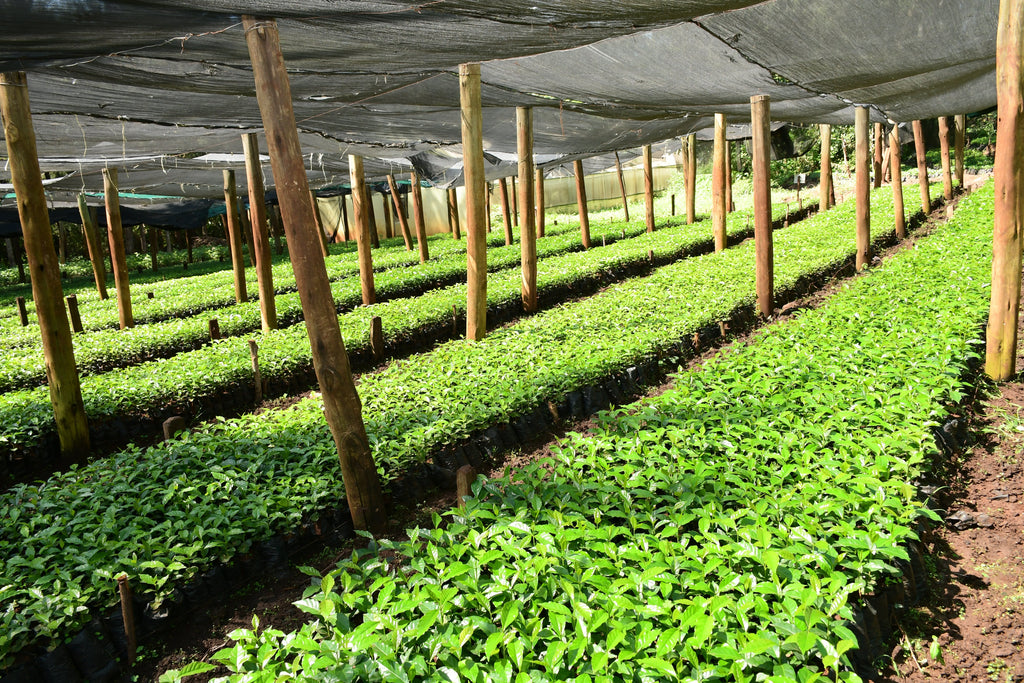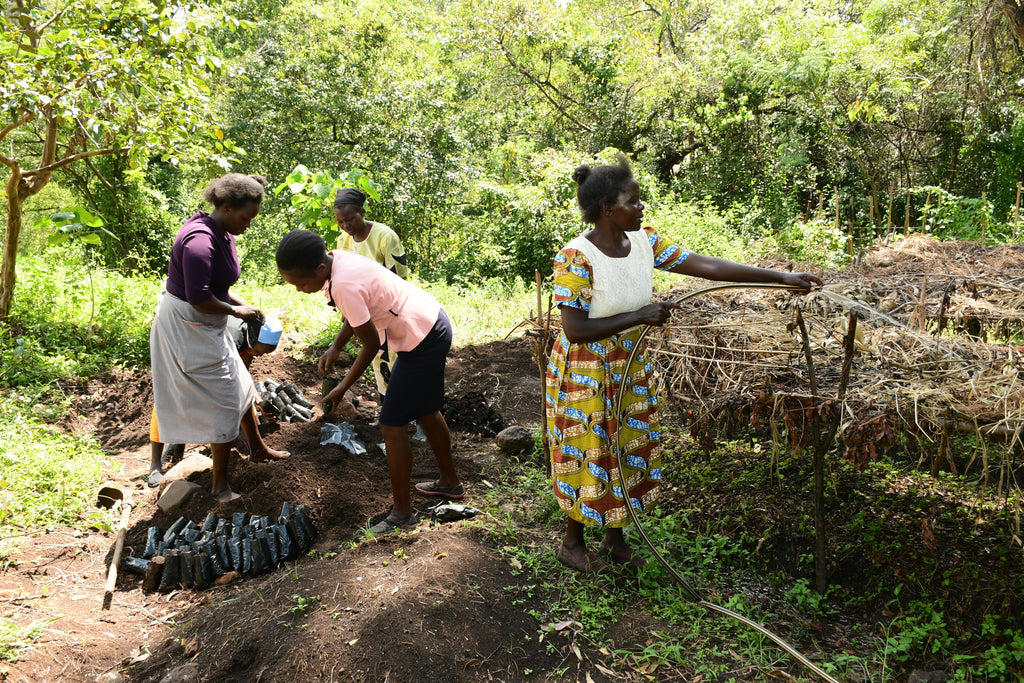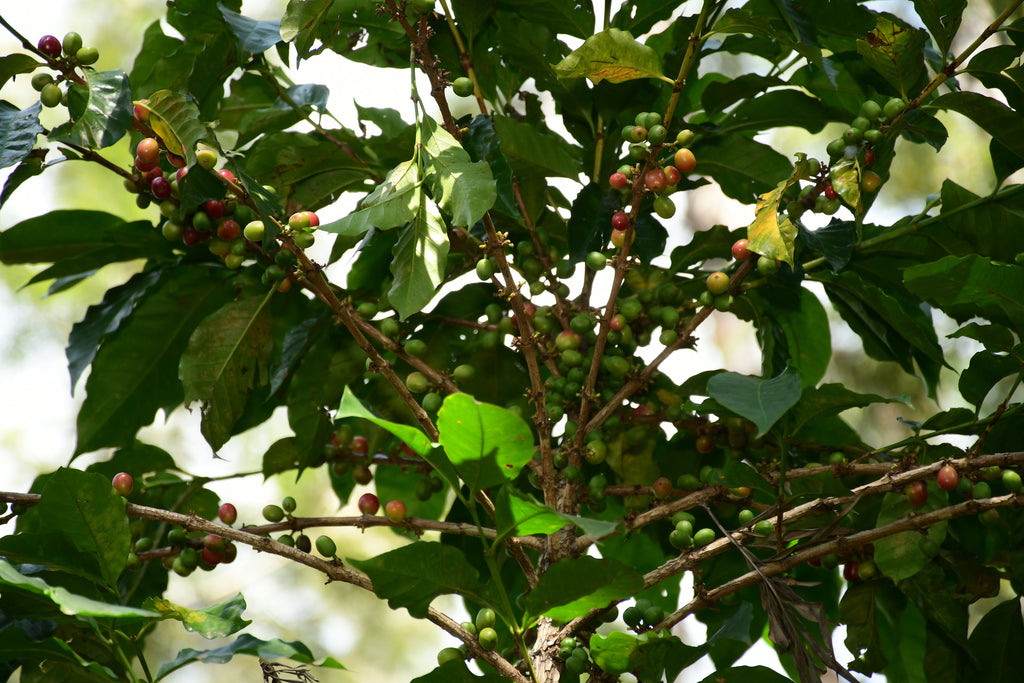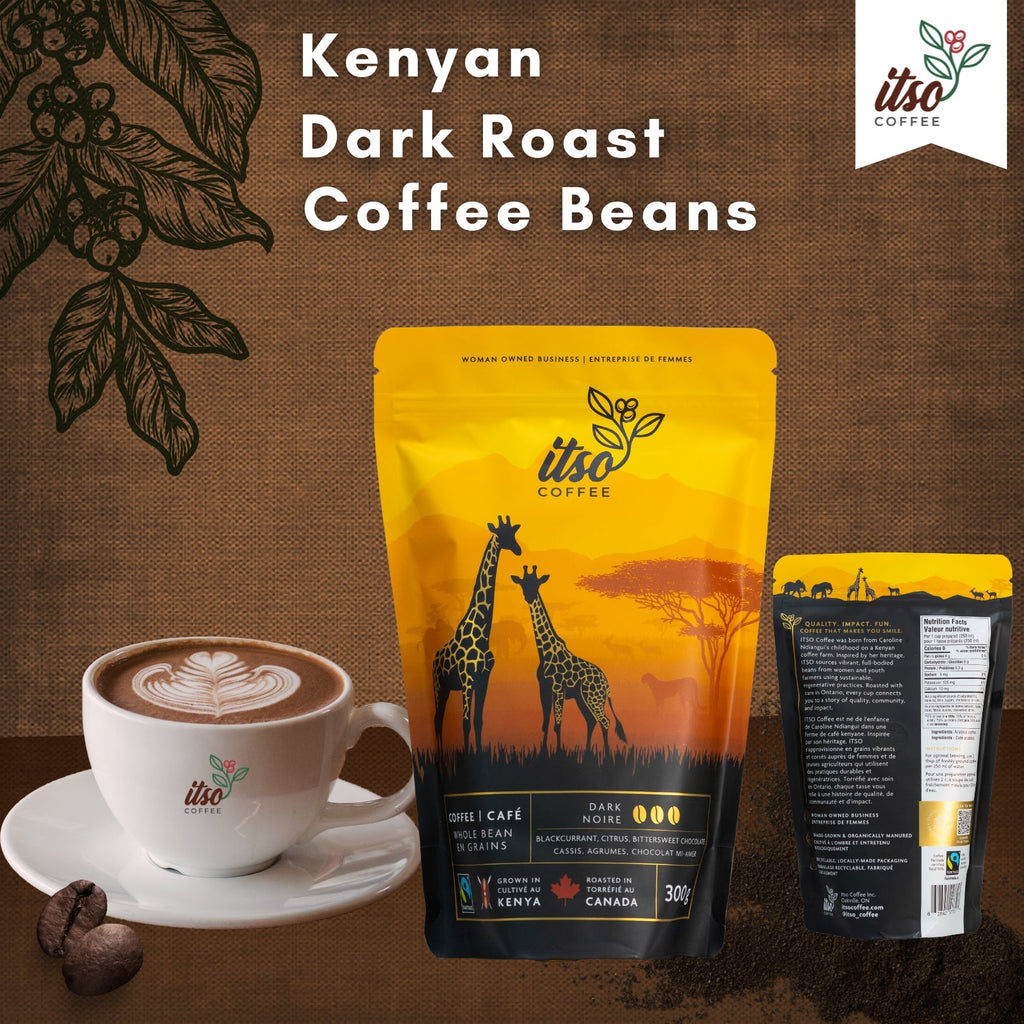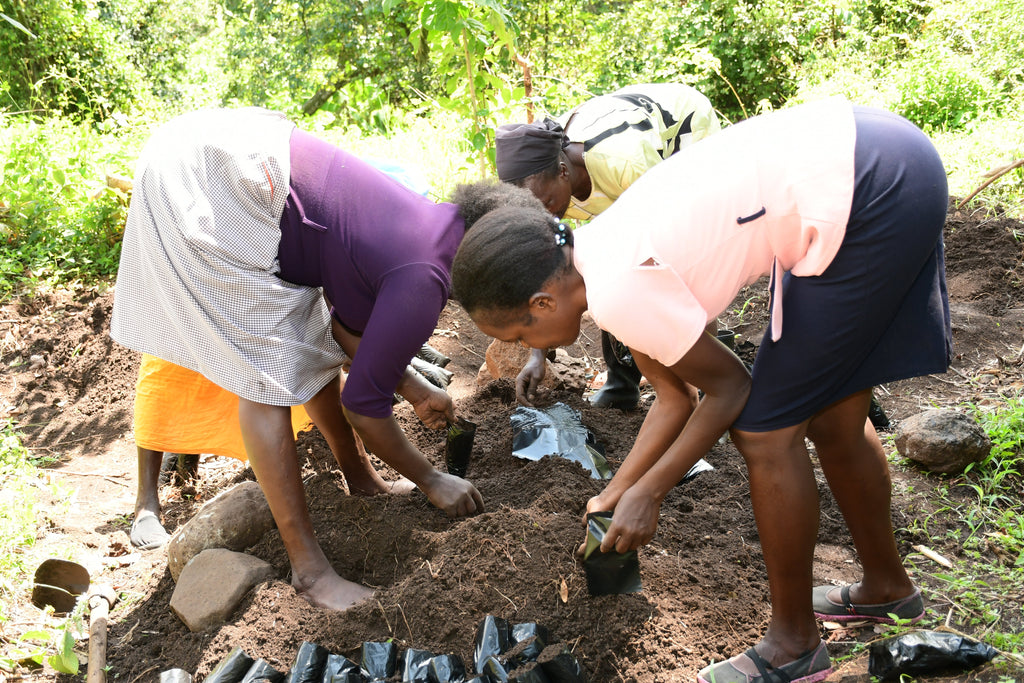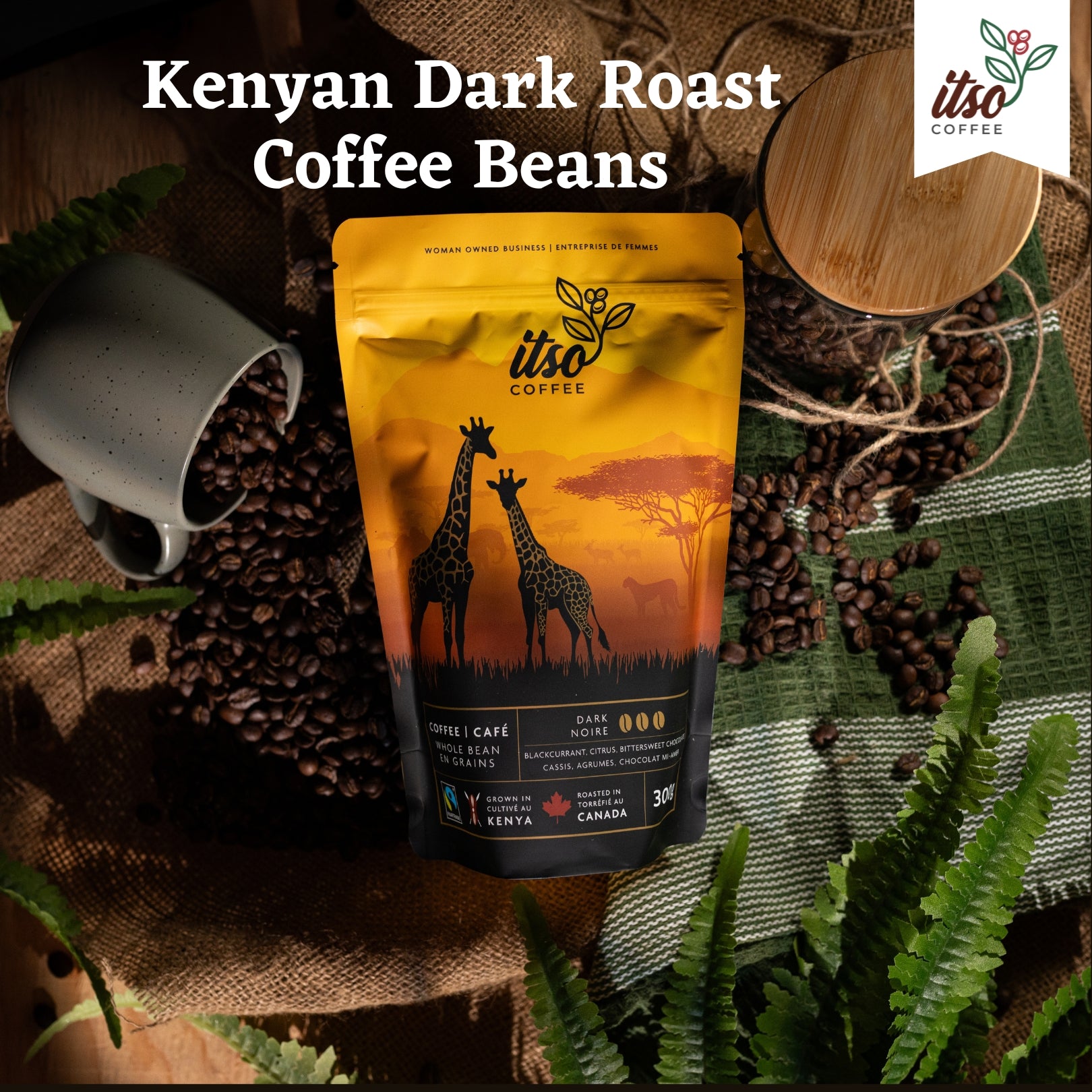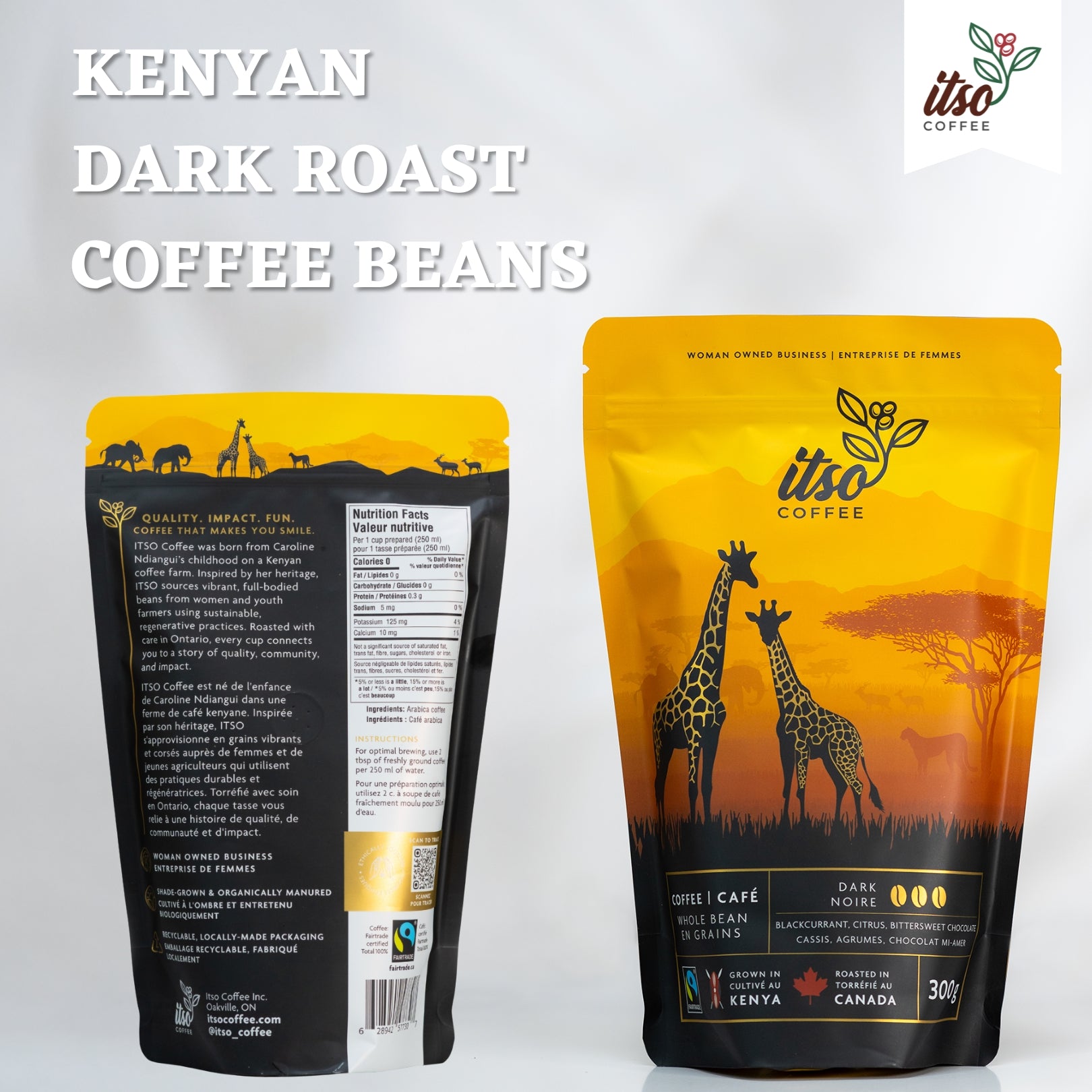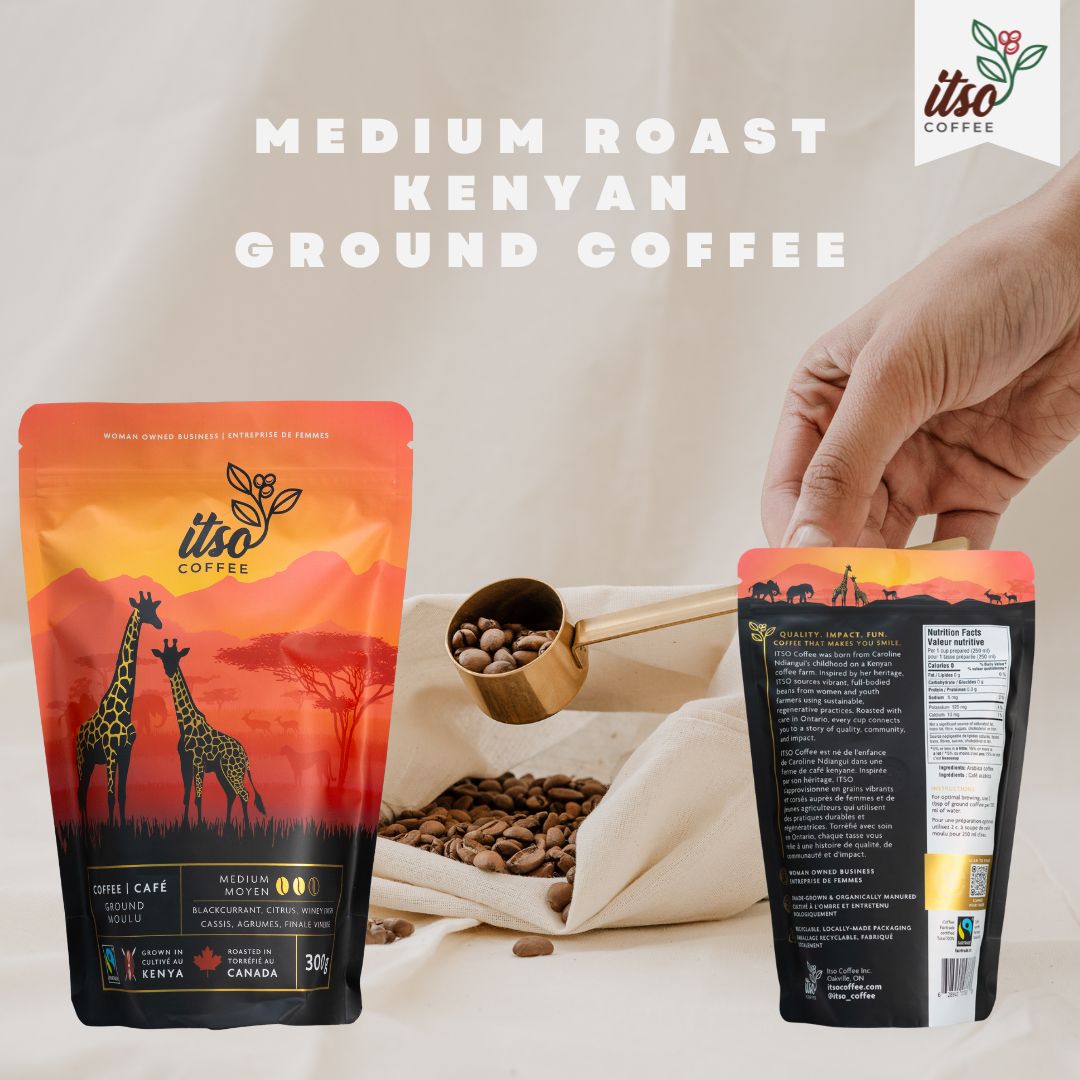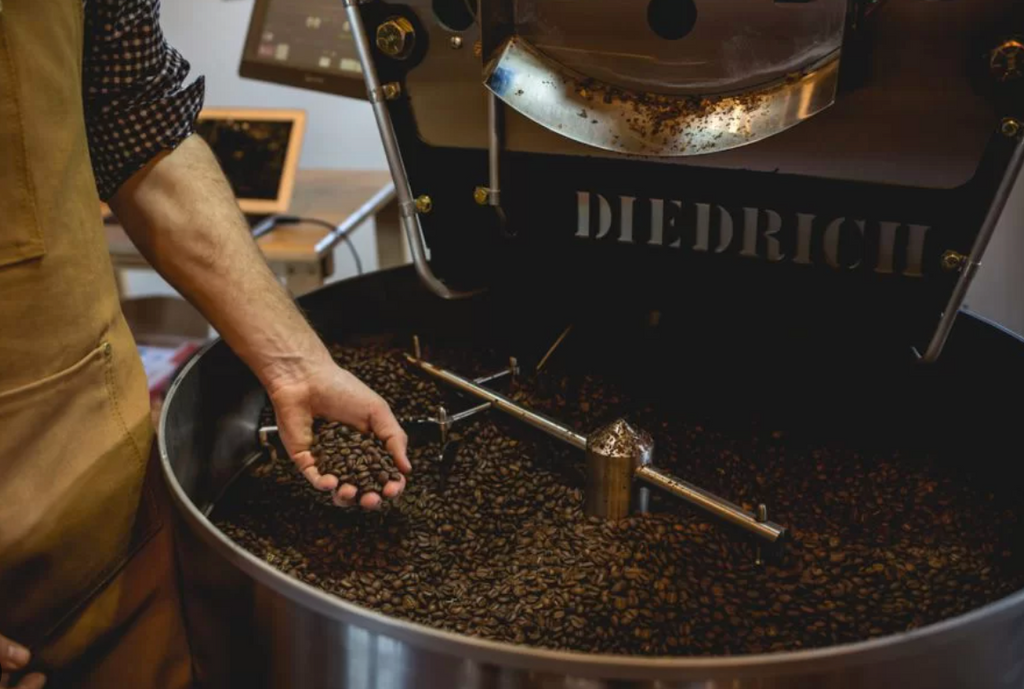
Understanding the Scientific Processes Involved in Coffee Roasting


Getting to Know Green Beans: A Primer
The journey begins with the green coffee bean, a small, unassuming seed harboring a complex combination of acids, sugars, proteins, and water. The roasting process relies heavily on converting these basic substances into diverse flavors and scents that define distinct types of coffee varieties.

Browning and Flavor Development: The Maillard Reaction
While entering the roaster, green beans undergo a vital chemical transformation referred to as the Maillard reaction. This process is named after Louis-Camille Maillard, a French chemist who discovered that when exposed to heat, amino acids and reducing sugars react with each other. It leads to the browning of the beans and generates an array of flavor compounds. Depending on the different temperature levels at which it occurs, this reaction produces various nuances from nutty or toasted flavors up until rich chocolatey notes emerge in the coffee taste profile.

The Complexity and Sweetness of Caramelization.
A parallel chemical reaction known as caramelization occurs as the beans undergo roasting. This involves the breakdown of sugars in the beans, resulting in a delectable flavor reminiscent of caramel sweetness. Consequently, this adds an extra dimension to its taste profile which heightens overall taste satisfaction for coffee lovers.

The Audible Milestones: First and Second Cracks
As the beans are roasted, they undergo distinct stages accompanied by audible sounds called cracks. The initial crack occurs when the temperature reaches a specific point causing expansion and fissures in each bean. At this critical juncture, it is up to the roaster to either terminate for a lighter roast or persist for darker tones. If permitted, subsequent cracking indicates an intensified heating process that stimulates oils on top of them resulting in deep flavors emerging from within each coffee bean.

Achieving Balance through Cooling and Resting
After roasting, it is imperative to promptly cool the beans to cease any chemical reactions. The cooling process bears equal importance to roasting since it determines the ultimate taste profile. Following this step, a resting phase follows to allow the gases produced during roasting are allowed to escape for optimum results. This pause plays an essential role in securing a perfectly balanced cup by enabling flavors and aromas to continue evolving and blending harmoniously.

The Role of the Roaster: Balancing Precision and Artistry.
The chemistry behind coffee roasting may provide the foundation, but it is ultimately up to the expertise of the roaster to craft a masterpiece. A skilled craftsman understands how beans interact with equipment and can selectively adjust time, temperature, and airflow for desired flavors. Because each variety requires unique handling methods, experienced professionals hone their skills over time to consistently perfect every batch they produce.

Accepting the Variety of Coffee Roasts
The realm of coffee encompasses a wide range of roasting styles, from light versions that maintain the bean's natural tastes to dark ones with intense and smoky undertones. Specialty coffee makers enjoy exploring various methods and characteristics to present the beans they acquire in their best form, displaying inherent attributes proudly.

Conclusion
In conclusion, the science of coffee roasting is a fascinating combination of chemical reactions, physical processes, and sensory analysis. Whether you prefer a fragrant light roast or a bold dark brew, comprehending the magical transformation that takes place inside the roaster elevates your enjoyment of this ubiquitous beverage consumed by millions every day worldwide. Therefore, next time you relish in your favorite cup of coffee, remember the intricate dance of science and art that brought that perfect cup to life.




